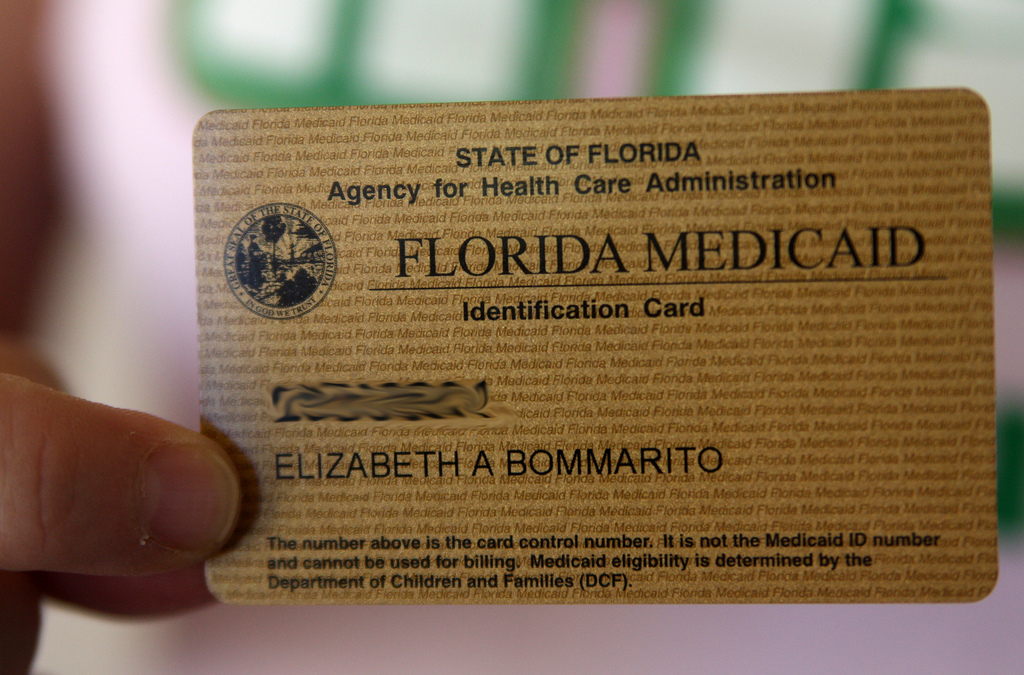
On Tuesday, the Social Services Estimating Conference finalized the long-term Medicaid services and expenditures forecast, one with major question marks in key areas.
New FY 18-19 numbers, unavailable previously, are now factored in.
In the short term, some good news.
A total surplus of $175 million is expected in the current year, $153 million of that being in General Revenue. That is $45M higher in GR than projected in August.
In the long-term, however, challenges await.
The 2021 budget need of $896 million is $211 million greater than projected in August, with $26M of that in general revenue.
Meanwhile, some unknowns loom in key areas.
Disproportionate share funding: up in the air, held at the recurring appropriation level.
Federal cuts are scheduled to happen May 23, which would impact safety net hospitals. The uncertainty is likely to persist.
The costs include $4B in state Medicaid disproportionate-share hospital cuts in FY20 and $8 billion annually through 2025.
“I’m not sure we will know more in February or March than we do today,” noted EDR head Amy Baker, with the adopted forecast assuming some resolution of the funding shortfall on the state level.
The hits would be hard for mental health services, cut by a third from the $77.1M appropriated level. Reductions would affect the current budget year.
The low income pool, meanwhile, will be held flat at $1.508 billion through FY 21-22, at the “recurring appropriated level.” The number is up from FY 18-19.
The current waiver allowing the LIP instead of Medicaid expansion expires June 30, 2022.
While Trump Administration has agreed on waivers previously, the 2020 election may change the calculus in the White House.
Prepaid health plans, including dental plans, also have upticks in spending.
$114 million of the $190 million uptick from the previous conference is in CMS, due to substantial growth in caseloads, which will affect outyears and brought in the real current fiscal year totals at 21.7% over what was forecast.
Prescribed medicine costs, though coming in at over 30% under projections year over year in the current budget year, are slated to go up in outyears despite the “significant decline.” The savings were reductions in cost-per-eligible to just $29.60 this year. However, case load expansions are expected.
Supplemental medical insurance, expected to raise in cost 5% per year going forward, will cost $400 million more in FY 2025 than they do now. Qualifying insurance benefits will cost $50 million more by then also.
All told, while there are $75.1 million in savings in an over $28 billion budget the current fiscal year, increases are expected in the next two fiscal years.



